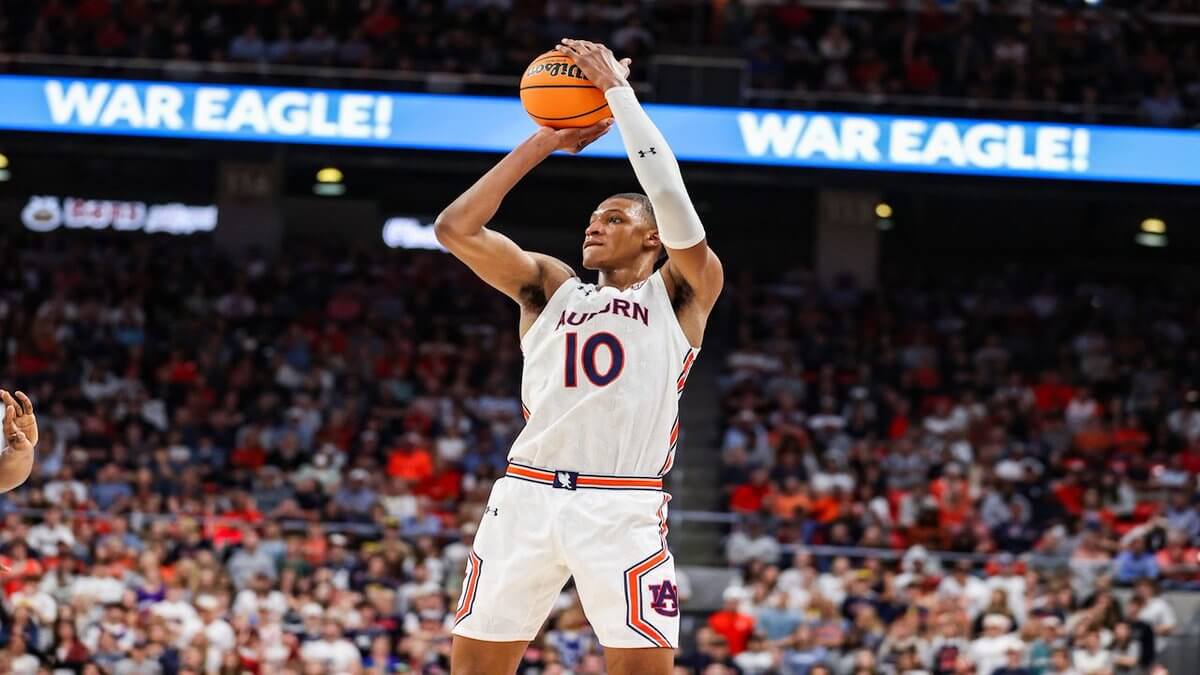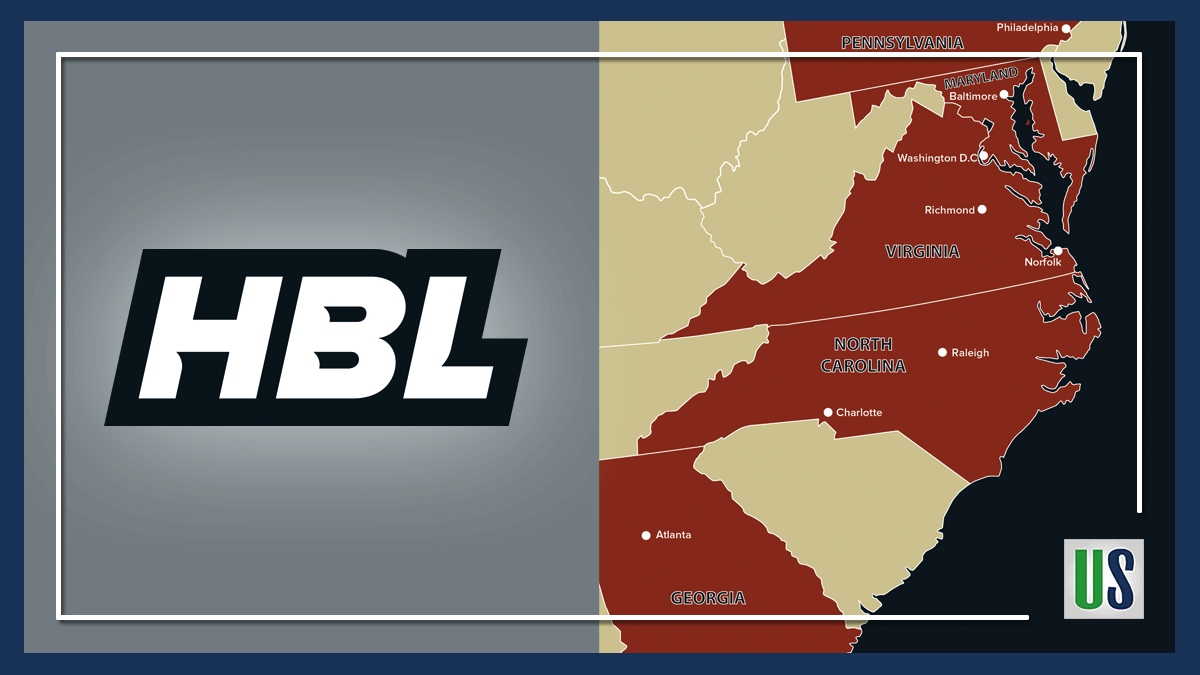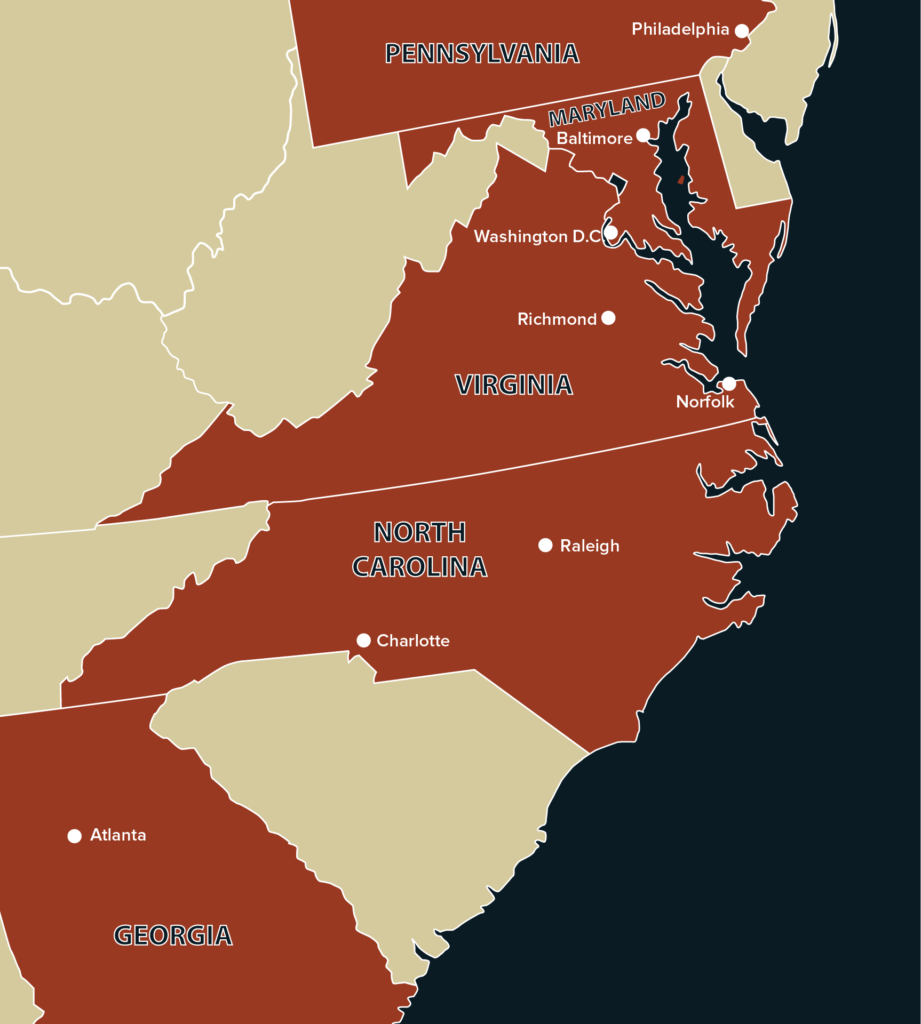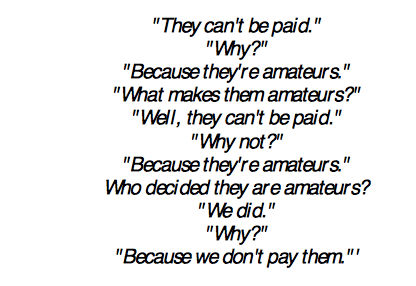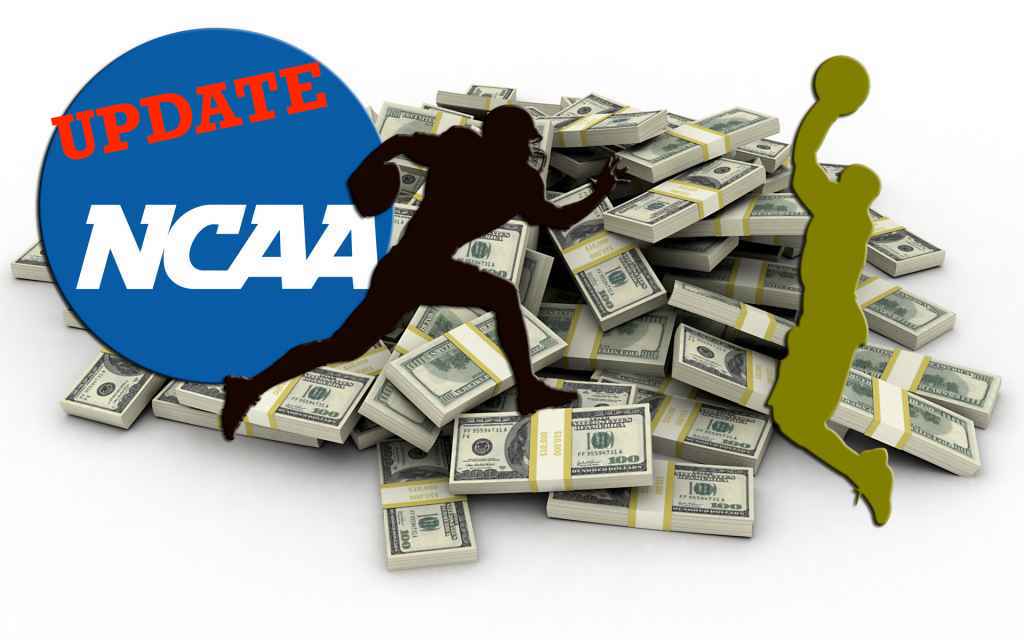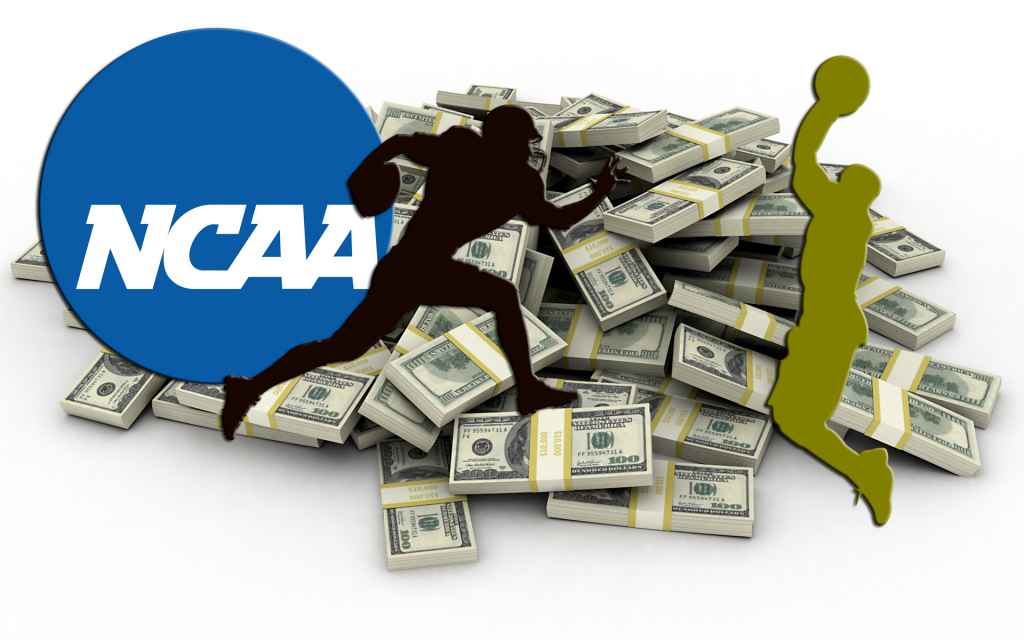Educate and Compensate
Should college athletes be paid? The Historical Basketball League says yes. The HBL is a start-up basketball league that plans to disrupt the NCAA’s current economic model. It was co-founded by sports and entertainment attorney Ricky Volante and economist Andy Schwarz. The HBL plans to totally disrupt the NCAA’s system. Their aim is to give “basketball athletes a unique US-based opportunity without economic and academic exploitation.” With its inaugural season set for 2020, the HBL plans to pay their players their market value while ensuring they receive a quality education.
There are college sports fans on both sides of the debate about compensating college athletes. Opponents contend that an athletic scholarship is a sufficient compensation for the hard work that college athletes put in. They also contend that college athletes who wish to be paid should simply play where they can receive payment. Whereas, supporters contend that an athletic scholarship is not enough compensation for the billion dollar industry that the labor of college athletes propels. Until recently the only such option was to play in a professional league in another country.
In November, the HBL announced that former two-time NBA Champion David West would be joining the league as its first Chief Operating Officer (COO). In light of this announcement, I interviewed Ricky Volante to get more insight into the HBL and exactly how it plans to take over the college basketball market by educating and compensating the players.
Kassandra: First, before we dive into the Historical Basketball League could you tell me a little about yourself?
Ricky: I started off as an attorney based in Cleveland, Ohio working with individuals and issues related to sports, film, and music. I got the opportunity to work with a number of athletes during their professional careers. While in law school, I worked with one of the mid-major five conferences. There, I got the opportunity to see how things worked within the enforcement side of the NCAA’s amateurism rules. Those two experiences were a driving factor for me getting more involved with college sports and led to Andy and me connecting.
Kassandra: Could you briefly explain what the Historical Basketball League is? What Prompted you and Andy Schwarz to create the league?
Ricky: Essentially we are building the Historical Basketball League to become the primary opportunity starting with men’s college basketball players. Initially, Andy and I came together to write an article analyzing the O’Bannon decision. During that time, we both realized a similar passion related to bringing about change within college sports. He then shared with me the original iteration of the HBL. He thought it was a way to bring about change by putting it into economist terminology.
The way he presented it was that you break up an economic cartel in four ways. Number one is legislation. It simply is not going to happen legislatively given the current political climate. Furthermore, legislation is not going to be drafted to benefit predominately black college athletes. Number two is litigation. He [Andy] has been involved in White v NCAA, Obannon v NCAA, and now Alston v NCAA. In various ways, those litigations have chipped away at little pieces of the amateurism mold. However, there have not been wholesale changes to the very foundation.
Number three is an organization or unionization. This failed at Northwestern. The NLRB (National Labor Relations Board) punted on the decision and did not allow the Northwestern players to unionize. Accordingly, there are additional restrictions for students at a public university to try to unionize. Therefore, for now, that door seems closed. The only option left [to break up an economic cartel] was competition. We decided to form a league that would compete with the NCAA. Initially, we were focused on that competitive element maybe bringing about change to the NCAA. However, we have now shifted into a focal point of replacing them as the primary option for college basketball players.
Kassandra: What is the structure of the league and how will it operate?
Ricky: We will be structured as a single entity. Therefore, all of the players will be employed by the HBL. The teams will be owned by the HBL. There will be a centralized leadership group as opposed to the traditional ownership model that is employed by the NFL, NBA, MLB, and NHL. For those who may not be aware, there are other single entity leagues. The NBA G-League, Major League Soccer, and Major League Lacross are single entity leagues. We are by no means inventing the wheel, we are just utilizing what is already in existence to our benefit.
There are a few reasons for doing that. One is that we want to have controlled sustained growth as opposed to the rocketship mentality of let’s see how high and how far we go and how fast we can get there. That [mentatilty] has been the main reason for start-up leagues to ultimately crumble and fail when they try to compete with a long-standing incumbent such as the NCAA.
For both legal reasons and from a business standpoint, we wanted to have that single entity structure in place. Our league is going to be comprised of teams operating out of various cities across the country that will be closely located to a number of universities that will ultimately be providing the educational piece of our player’s compensation package.
Kassandra: The HBL has chosen 20 potential cities to host HBL teams. How were the potential Cities Chosen?
Ricky: We looked at a range of factors. First and foremost we wanted cities that would be beneficial and attractive to players to live in. Second, we wanted the teams to be in close proximity to a number of universities. With the model we are using there is no one to one match. For example, our Cleveland, Ohio team could have players [attending] Cleveland State, Case Western, Akron, and a number of other universities. We wanted to create as many options for the players as possible. The available schools would likely play a factor in the player deciding what city to play in. Therefore, if a player always wanted to attend a certain school that player would pick the city that is closest to that school.
Also, we wanted to pick cities that we felt would be attractive to team operators, potential sponsors, and that would create an opportunity for us to grow the revenue of the league as we continue to develop.
Kassandra: How will the final cities be selected?
Ricky: The cities will be narrowed down from 20 to 12 on a first come first serve basis. We are reaching out to potential team operators. Potential team operators are reaching out to us. A team operator will be a shareholder of the HBL. The team operator will control certain elements of the team, but will not own the team. The team operator will have access to certain other rights. Team operators will have input on venue selection, jersey design, team name, and other things depending on how early they get involved.
Kassandra: Being that we are both from Virginia, I have to say I am pulling for Richmond, Virginia.
Ricky: I am too. We also considered the saturation of the sports market in particular cities when we selected the potential cities. Richmond only has a minor league baseball team and a number of universities. These facts made it sort of a perfect option for us. The city has gone through a lot of renovations in terms of infrastructure, transportation, and investment in certain developments in the area. It is a much more attractive city to live in now. However, it does not have a major sports team to latch on to as a city. This is why Richmond is one of our primary choices even though people may not think of it as a first thought city when it comes to sports.
Kassandra: Originally the HBL wanted to get schools, specifically Historically Black Colleges and Universities (HBCUs) to participate in the league. Is that still a goal?
Ricky: We wanted to keep the HBCU element alive as best we could. Selecting cities that were near HBCUs was another factor we considered. Our southeastern cities are areas where HBCUs are clustered together. However, this is a pretty drastic shift from what the original plan was where the teams would be the universities’. That plan is long since gone. We ultimately decided that as the new entrant into the market we needed be agile and able to move very quickly. For good reason, institutions of higher education do not have that ability because there is a lot of bureaucracy and red-tape. We decided that to create the best atmosphere and product for our players, we did not want to have the direct involvement of higher education in our leadership team.
However, we do still view institutions as a huge resource and opportunity for our players from an educational standpoint. It is essentially divided up. Universities are going to handle the educational side. We will handle the commercialized sports side. Everybody gets to stick to their strengths. In short, is there a direct link to HBCUs in our current model? No. However, we picked cities with that [HBCUs] in mind. Hopefully, a number of our players will be attending HBCUs while playing for the HBL.
Kassandra: Since you moved away from the schools to the city model, what are the Title IX ramifications? Are there any?
Ricky: I suppose we will not have the answer until we are truly up and running. As of today, we are very comfortable with the idea that the money we put into scholarships for our players is unlikely to be subject to Title IX. However, if it is we are not shying away from the possibility of doing a matching donation to an institution. However, I do not think it will be a problem.
Kassandra: What has been some of the challenges in creating the HBL?
Ricky: Undercapitalization is the biggest challenge for any startup, and we are no different. However, with the addition of David [West], we are very quickly getting over that hurdle. Our biggest hurdle to date was the question of – who is your basketball person? Andy, myself, the advisory board, and others who have been involved have great minds within sports business. However, no one played in the NBA or played college basketball as far as I am aware. This was a continuous criticism. We were faced with the question of how could we look a family in the eye and say we know what is best for you in your basketball career? Therefore, it became my primary focus to answer that question. David was at the top of my short list from day one.
Kassandra: How did you get David West involved? What do you hope to gain from his involvement?
Ricky: I believe I waited all of seven minutes after he announced his retirement to begin the reach out process. We were very lucky to get him on board. Now we are able to say don’t take it from us, take it from this gentleman who played four years at Xavier, who had a successful 15-year career in the NBA, and who is a two-time NBA Champion with a college degree.
Furthermore, David and his brother run one of the top AAU programs in the country. Therefore, he is intimately tied to the grassroots basketball community at the high school level. He is a “pros pro.” You can ask anybody in the league whether, in the front office or players who played with or against him, everyone has a great deal of respect for David. David thinks holistically about the development of players, bringing together both the basketball and educational side. David checks a lot of boxes that we did not have checked before getting him on board.
Kassandra: Are there any other big names to fill any other positions in the works?
Ricky: I do not know about filling positions per se within our leadership team. However, as far as the next big names go, we are primarily focused on the first team operator, first team coach, and the first player. We want to make big splashes with each of those firsts.
Kassandra: Do you foresee issues with getting athletes interested in the HBL with the NBA G-League’s new program?
Background: This fall the NBA announced an alternative to college basketball for elite men’s basketball players. Elite players will have the option of receiving a “select-contract” valued at $125,000 to play in the NBA G-League.
Ricky: I do not see it as an issue for us. Most people have portrayed this as a potential negative for us, but I view it as a positive. First and foremost, it proved that our compensation range is right on the mark. We were publicly saying that $50,000-$100,000 would be our salary range. We had internally discussed exceeding $100,00 in the right situation. Shortly after the G-League announced the $125,000 “select-contract” we announced our maximum salary range would increase to $150,000. In a way, it set the market for us and validated what we were thinking from an economic and business standpoint.
I appreciate the G-League providing another option for players, but it is still playing into the false choice of education or compensation. We are focused on education and compensation. Being that we are offering education and a higher maximum salary than the G-Leauge, we will be an attractive option to players. When you compare the cities that we are going to be in with the cities that the G-League is in, our cities will likely be more attractive to players looking to build a brand.
Kassandra: The players will be able to be represented by agents. Is the HBL going to have its own certification process for agents?
Ricky: We are going to have a certification program for HBL agents. Agents often get a bad reputation. There are some bad apples out there. However, not all agents are bad. Since the players are at a very vulnerable time in the life, we are going to have protections in place. We are going to do our best to protect the players. Also, we are going to have a certification process for financial advisors as well. The NFLPA has a registration system for financial advisors, and we will have a similar program to ensure that we know who is helping with the financial management of our players.
Kassandra: Where do you see the HBL in five years?
Ricky: I would like to see us up to between 24 and 30 teams. I would like to see us crossing into at least the $500 million and potentially 1 billion dollar threshold in terms of revenue generated by the league. Hopefully, by year five, we will be the primary destination of 50 or more percent of the top 25 players every year from every recruiting class.
Also, five years down the road our first recruiting class will have graduated. Hopefully, every one of our players whether in the NBA, in an international league, or doing something outside of basketball will be having a successful career. An outcome for us is not limited to success in the NBA. If we have a player who plays for us for five years and graduates with a four-year degree and a master degree who starts his own business with the salary received from the HBL, that would be a wonderful outcome as well.
Kassandra: What is the HBL Foundation?
Ricky: The HBL foundation website launched on Tuesday, November 27th. The foundation is primarily focused on providing educational opportunities, resources, and support for students in need that are often overlooked. The foundation will have both an athlete scholarship fund and a business of sports scholarship fund for non-athletes looking to enter sectors that service the sports world. Sectors such as athletic training, journalism, or sports management.
Unfortunately, in the current system, if you accept a traditional college athletic scholarship, it comes with a lot of ties that are often detrimental to the player. The player has to maintain both academic and athletic eligibility. This often means that the player cannot get a job to cover any cost the player or the player’s family may have while in college. It also means that the player is pretty much at the mercy of their coach. We want to create an alternative option where our scholarship fund (both the one for athletes and for non-athletes) can cover that cost of attendance.
The foundation will also create original content. The content will be for middle and high school students who are preparing for athletic careers in college and those who wish to pursue a sports-related major. We are excited about being able to create that content and make it easily accessible and free to people that would otherwise be overlooked.
Kassandra: Do you have a funny story that you experienced while creating the HBL that you would like to share?
Ricky: I have a few. While David [West] was making his final decision as to whether he was going to join the HBL he presented at a conference. Afterward, a woman came up to him and told him a story about unlikely allies. It is now a rather amusing thing between David and me for the following reasons. David finished his career in Oakland playing for the Golden State Warriors. Andy lives in the bay area and is a Warriors fan. I live in Cleveland and am a Cavaliers fan.
During the entire development of the HBL, it has been the Warriors and the Cavs in every NBA finals. Andy and I have had a running rivalry. The very thought that it would be somebody on the Golden State Warriors who beat my Cavs the last two years who would end up working with the HBL and helping us move to the next level is funny. Furthermore, it makes David’s story about unlikely allies rather fitting. I found it to be very amusing for what ultimately happened.

